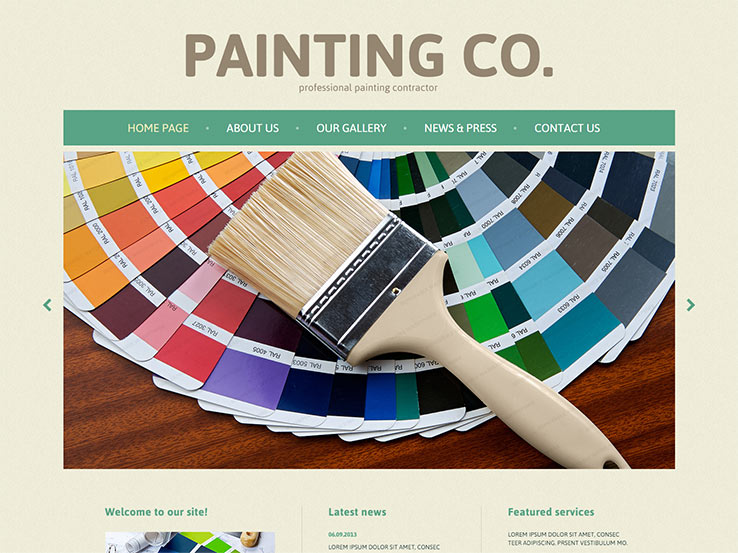Seasonal Consider Industrial Exterior Painting: Trick Insights You Need To Be Aware Of
Seasonal Consider Industrial Exterior Painting: Trick Insights You Need To Be Aware Of
Blog Article
Composed By-Carlson Skafte
When you're preparing a commercial external paint task, seasonal variables can make or break your outcomes. You'll want to consider exactly how temperature level and humidity effect paint application and drying times. Selecting the ideal period can ensure your paint sticks correctly and lasts much longer. However which seasons are really the best for this type of job? Allow's discover the crucial elements that can impact your project's success.
The Effect of Temperature Level on Paint Application
When you're preparing a commercial outside paint job, the temperature can significantly affect exactly how well the paint adheres and dries out.
Preferably, you want to repaint when temperatures vary between 50 ° F and 85 ° F. If it's also chilly, the paint may not heal appropriately, leading to problems like peeling off or fracturing.
On the other hand, if it's as well hot, the paint can dry as well promptly, stopping appropriate adhesion and leading to an uneven coating.
You must also take into consideration the time of day; morning or late afternoon uses cooler temperatures, which can be much more favorable.
Always check the manufacturer's recommendations for the certain paint you're using, as they usually provide support on the excellent temperature level array for optimal outcomes.
Moisture and Its Effect on Drying Times
Temperature isn't the only environmental aspect that affects your business exterior painting project; moisture plays a considerable duty as well. High humidity degrees can decrease drying out times drastically, influencing the general top quality of your paint task.
When the air is filled with dampness, the paint takes longer to cure, which can cause concerns like bad adhesion and a greater risk of mold growth. If you're repainting on a particularly damp day, be prepared for prolonged delay times in between coats.
https://beaumsagl.weblogco.com/34466313/utilize-proficient-house-painters-to-elevate-your-home-s-external-allure-and-experience-exceptional-end-results-that-will-have-you-excited-for-more to keep track of local climate condition and strategy as necessary. Ideally, aim for moisture degrees between 40% and 70% for optimum drying out.
Keeping these consider mind guarantees your project stays on track and delivers a long-term finish.
Best Seasons for Commercial Outside Paint Projects
What's the very best season for your industrial exterior painting projects?
Springtime and early autumn are generally your best bets. During these periods, temperature levels are moderate, and moisture degrees are typically lower, developing suitable conditions for paint application and drying.
Prevent summer's intense heat, which can cause paint to completely dry too rapidly, leading to poor bond and finish. Similarly, https://www.housebeautiful.com/home-remodeling/diy-projects/g30654004/painted-fireplaces/ can hinder correct drying out and curing, running the risk of the longevity of your paint work.
Go for days with temperature levels between 50 ° F and 85 ° F for optimal results. Bear in mind to inspect the local weather prediction for rainfall, as wet conditions can ruin your task.
Preparation around these factors guarantees your paint job runs efficiently and lasts much longer.
Final thought
Finally, planning your business outside painting tasks around seasonal considerations can make a substantial difference in the end result. By scheduling work during the optimal temperature levels and moisture degrees, you'll make certain better adhesion and drying times. Keep in mind to keep an eye on regional weather report and choose the right time of year-- spring and very early fall are your best choices. Taking these steps will assist you accomplish a durable and specialist coating that lasts.
